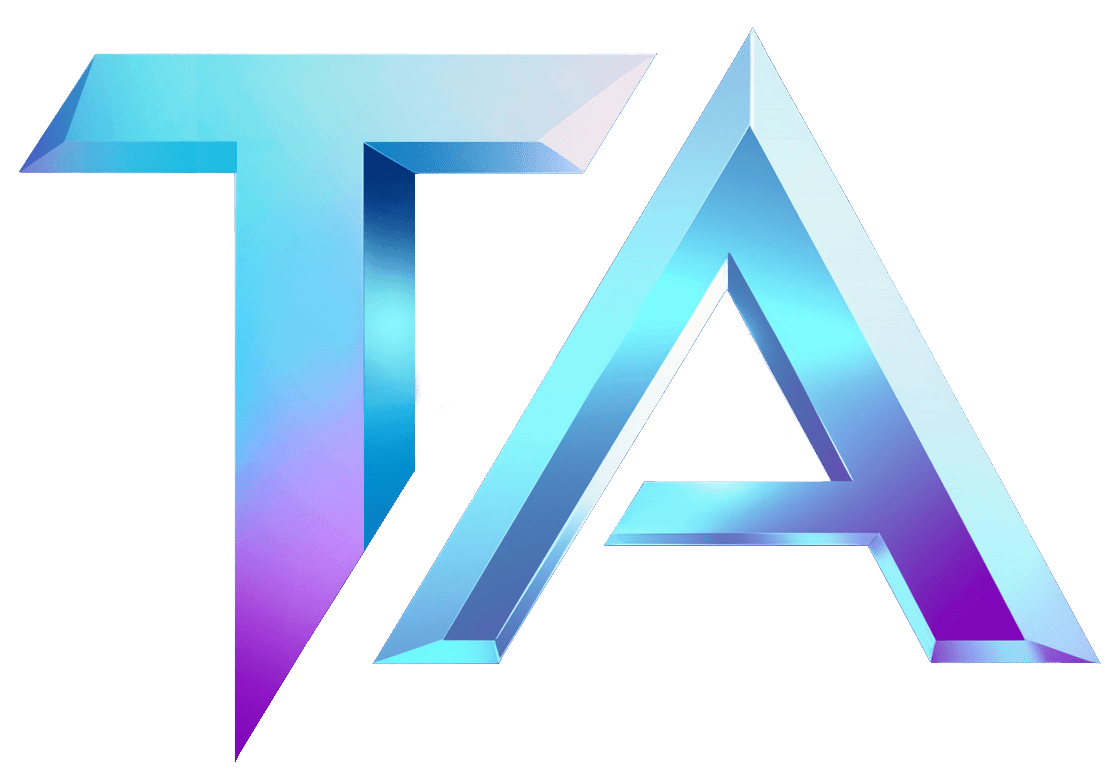Silk Road Financial Systems in Star Atlas | Titan Analytics

Exploring Silk Road Financial Systems in Star Atlas
At Titan Analytics, we’re excited to delve into the innovative world of Star Atlas, especially as it pertains to the concept of Silk Road financial systems. As a Solana validator and an analytics platform focused on Star Atlas, we aim to break down these complex systems in a way that’s both friendly and easy to grasp.
What are Silk Road Financial Systems?
The term "Silk Road" originally referred to the trade routes that connected the East and West, facilitating commerce and cultural exchange. In a modern digital context, Silk Road financial systems symbolize interconnected networks that allow for efficient transactions and robust economic interactions. In Star Atlas, a massively multiplayer online space game set in a sprawling universe, these systems become vital for players seeking to navigate this vibrant economy.
The Role of Silk Road Financial Systems in Star Atlas
In Star Atlas, millions of players are engaged in exploration, trading, and strategy, all of which requires a trustable economic framework. Here’s how Silk Road financial systems function within this universe:
-
Interconnected Economies: Just like the ancient Silk Road fostered relationships between distant civilizations, Star Atlas creates an ecosystem where players, factions, and guilds interact economically. Resources mined from planets or space stations can be traded, creating a dynamic marketplace influenced by supply and demand.
-
Decentralized Transactions: Utilizing blockchain technology, financial systems in Star Atlas allow for decentralized transactions. This means that players can send and receive assets—such as rare ships or valuable resources—without the need for a centralized authority. This fosters security and transparency in commerce.
-
Virtual Assets and Ownership: Silk Road financial systems support the notion of true ownership of digital assets. Players can buy, sell, and trade virtual goods through NFTs (Non-Fungible Tokens). These NFTs can represent anything from ships to land parcels, making them tangible assets in the game’s economy.
-
Staking and Rewards: In Star Atlas, players are also able to engage in staking their assets. By participating in governance or contributing to the network’s stability, players are rewarded which adds another layer of interaction within this financial system.
- Cross-Game Economy and Adaptability: The Silk Road financial systems in Star Atlas have the potential to extend beyond the game. As the gaming landscape evolves, assets and currencies can be adapted for use in other games or platforms, promoting broader economic interactions similar to what occurred between old-world traders.
Applying the Silk Road Concept to Star Atlas
Understanding the Silk Road financial systems in Star Atlas opens up new possibilities for players and investors. Just like merchants from different regions sought to capitalize on trade, players can explore diverse strategies in the Star Atlas economy. By analyzing data and trends—available through our analytics platform—players can make informed decisions, optimizing their trading, exploration, and strategic engagements.
At Titan Analytics, we provide various data modules specifically designed to help players and investors track performance, analyze market trends, and understand the broader economic landscape in Star Atlas. Our mission is to empower you with the tools you need to succeed.
Get Started with Titan Analytics
If you’re curious to explore more about Star Atlas and how these financial systems work, we invite you to check out our wide array of data modules at Titan Analytics. For any inquiries or further insights, feel free to contact Titan Analytics. We’re here to support you on your journey through the universe of Star Atlas!




